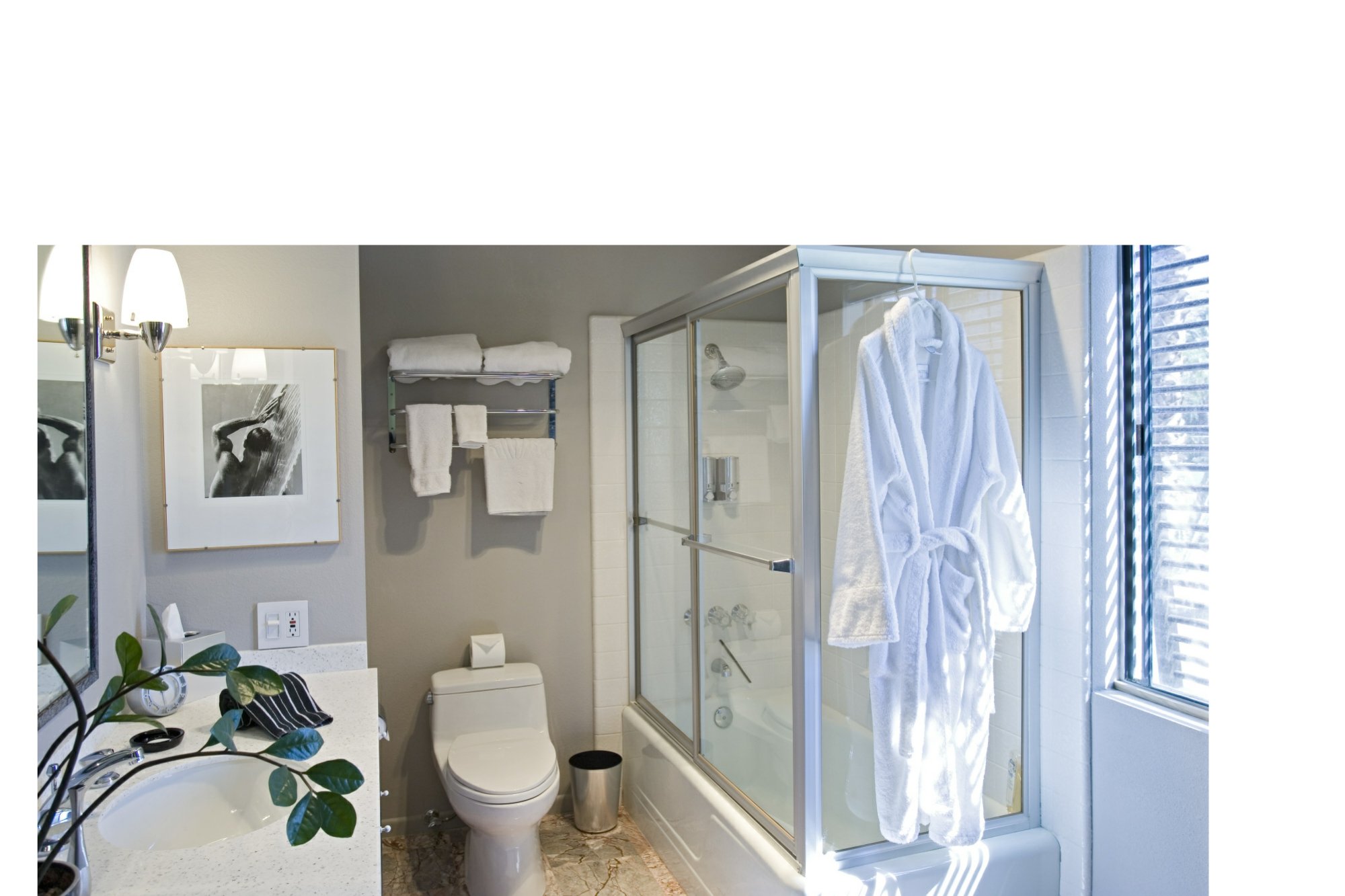Common bathroom problems can be a hassle, but are frequently fixable without a professional. While some problems will cause further damage if not attended to, others are not urgent matters. For any of these common bathroom problems, troubleshoot your issue to determine if you can fix it yourself before calling a professional. Most of these common bathroom issues are easily handled, even if you’re not a master plumber by trade.
Clogged Drains
A slow drain is one of the common bathroom problems that we can all relate to. A drain that is partially clogged, and will become fully clogged. Clogged drains are easily fixed by the homeowner, typically with few supplies on hand.
- Most drain clogs can be solved with a plunger and chemical drain cleaner. Start with a sink plunger and plunge the sink as you would a toilet, dislodging the clog. While some liquid will begin to move down the drain, follow up with a chemical drain cleaner to be sure the pipe is clear.
- Shine a flashlight down the drain to view any clogs that are closer to the top of the pipe. If the clog is visible, use a pair of needle-nosed pliers to dislodge the clog and pull out.
- There is an effective way to clean the drain and get things moving again. Open up the cabinet and enter the pipes from below the sink. Have a bucket on hand and place underneath the pipes, as some water will come out when you begin to take apart the plumbing. Untwist the U-bend and P-trap and clear out any clogs found. Typically, clogs are located in the u-bend portion of the pipe. If the clog is further down the drain, you will need a cable auger to dislodge the clog.
Leaks
A leaky faucet is typically fixed with a seat washer replacement. Prior to working on any type of faucet, there are two essential steps to prepare.
Step 1: Turn off the water to your faucet. You will find this valve underneath the cabinet, below the sink.
Step 2: Use an old rag or dishcloth and plug the drain in the sink. You don’t want to lose any parts in the process.
There are four main types of faucets in a home. You must determine the type of faucet in need of fixing. Once you know the type of faucet you are working with, check out this WikiHow page WikiHow page for specific repair steps.
Showers and Tubs
Another common bathroom problem is the soap scum and grime build up over time. It quite often will sneak up on you, resulting in various problems. Slippery shower floors are quite dangerous, and occur when soap scum and residue has gathered. That same build up of residue causes clogged shower heads. How do you get rid of it?
Slippery shower floor
Use baking soda and vinegar to clean the soap scum off of a slippery shower floor. Start with baking soda. Sprinkle it over the shower floor, then scrub using a sponge or brush. Following this step, use vinegar and water in a spray bottle to finish cleaning and disinfect surfaces.
Slow water flow
Slow water flow from showers can be pesky, especially when you’re trying to get all of the shampoo out of your hair. Disassemble the shower head using a wrench, pliers, and screwdriver, depending on the shower head construction. Once disassembled, pull away from the wall and inspect the rubber gasket connecting the shower head to the pipe.
If the rubber gasket is eroding, take the old one to your local hardware store and purchase the same gasket. Insert the new gasket around the pipe where it connects to the shower head, and reinstall the shower head. If the gasket is intact and does not need a replacement, your shower head needs a good cleaning to dislodge any residue build up. Place vinegar in a baggy and tie or wrap the baggy around the shower head, leaving it overnight to soak. In the morning, remove the baggy and rinse the shower head with warm water. This should clear up any clogs and provide you with faster water flow as well.
Stay tuned for more common bathroom problems, particularly with logistics and appealing/not so appealing features, in next week’s blog.



